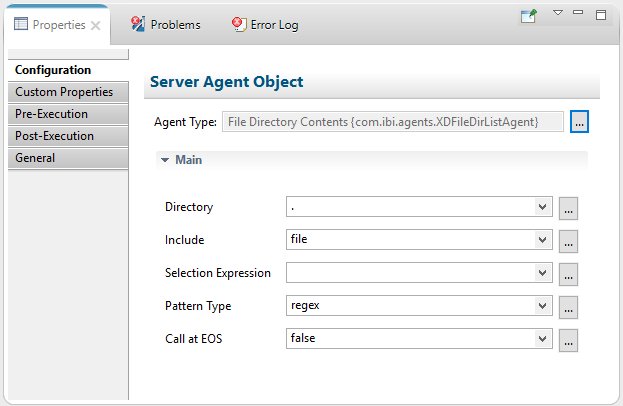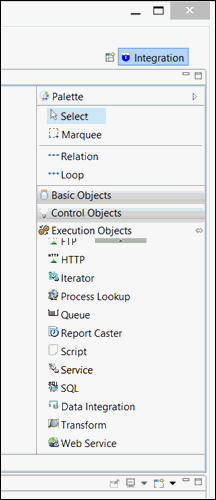Services Overview
|
Topics: |
Services are executable Java procedures that are used to handle the business logic of a message in iWay Service Manager (iSM).
A service is the business layer that incorporates the logic for encapsulating the business process which interacts with other distributed component services to provide transactions for business state information. This business layer incorporates the application business logic. In an iSM environment, business logic consists of one or more services acting on an input document. Services can be stacked, such that the output of one service is passed to the next service, or multiple services can be executed in parallel.
Services are written in standard Java language and can make use of any available Java libraries or services. iWay Software supplies a comprehensive set of predefined services with iSM that you can use as part of your business logic.
The following service agent list is in alphabetical order by the iSM agent name. Each entry also contains the iIT Service Object group and description for the referenced agent, and the specific Execution Object reference for the agent if one exists. When adding an agent to a flow, you can select the Service object from the Execution Object palette, and after giving the object a name, select the group and descriptive title from this guide to add the object/agent desired. You can also use the referenced Execution Object for the needed agent.
The following example shows a service object being added, referencing the file group with the title File Directory Contents. Clicking Next takes the programmer to the properties dialog for this agent, and then adds the XDFileDirListAgent object to the process. For more information, see the iWay Service Manager Programmer's Guide.

More information on setting the desired properties can be found below, in the definition of the agent, and use of the object in a flow is explained in the iWay Service Manager Programmer's Guide.

Service Categories
In iWay Integration Tools (iIT), services are grouped into categories as a means to assist the application developer in locating the wanted service at the proper point in the flow. For example, the web service agents can be located by entering the name of the web service category. Categories can be thought of as cross references to the desired service, helping to locate to the specifically required service. The services in the categories may depend on your installation and licensing features.
Many services are members of multiple categories. For example, the File Emit Service is a member of both the emit and file categories.
The following table lists and describes some of the more commonly used categories.
|
Category |
Collection |
|---|---|
|
attachments |
Services to add attachments to, and extract attachments from the current document. |
|
document |
Examine and modify the current document, performing such services and changing type and encoding, saving the document to a register, and so on. |
|
DQS |
Data Quality Services. |
|
emit |
Serialize data to an external source. |
|
file |
Perform file operations. |
|
HTTP |
Manage HTTP including alternate routing, cookie management, emit to HTTP read from HTTP, CORS services, and so on. |
|
iterator |
Select an iterator service. |
|
jms |
Read from and emit to JMS queues. |
|
misc |
Otherwise miscellaneous services. |
|
queue |
Operate on a queue. |
|
read |
Access data from an external source. |
|
security |
Encrypt, apply digital signatures, insert SAML assertions, and so on. |
|
SQL |
Perform SQL operations. |
|
sreg |
Create and operate on Special Registers (SREGs) and namespaces. |
|
transform |
Perform transformation on the current document. |
|
web service |
Issue web service requests to an external target. |